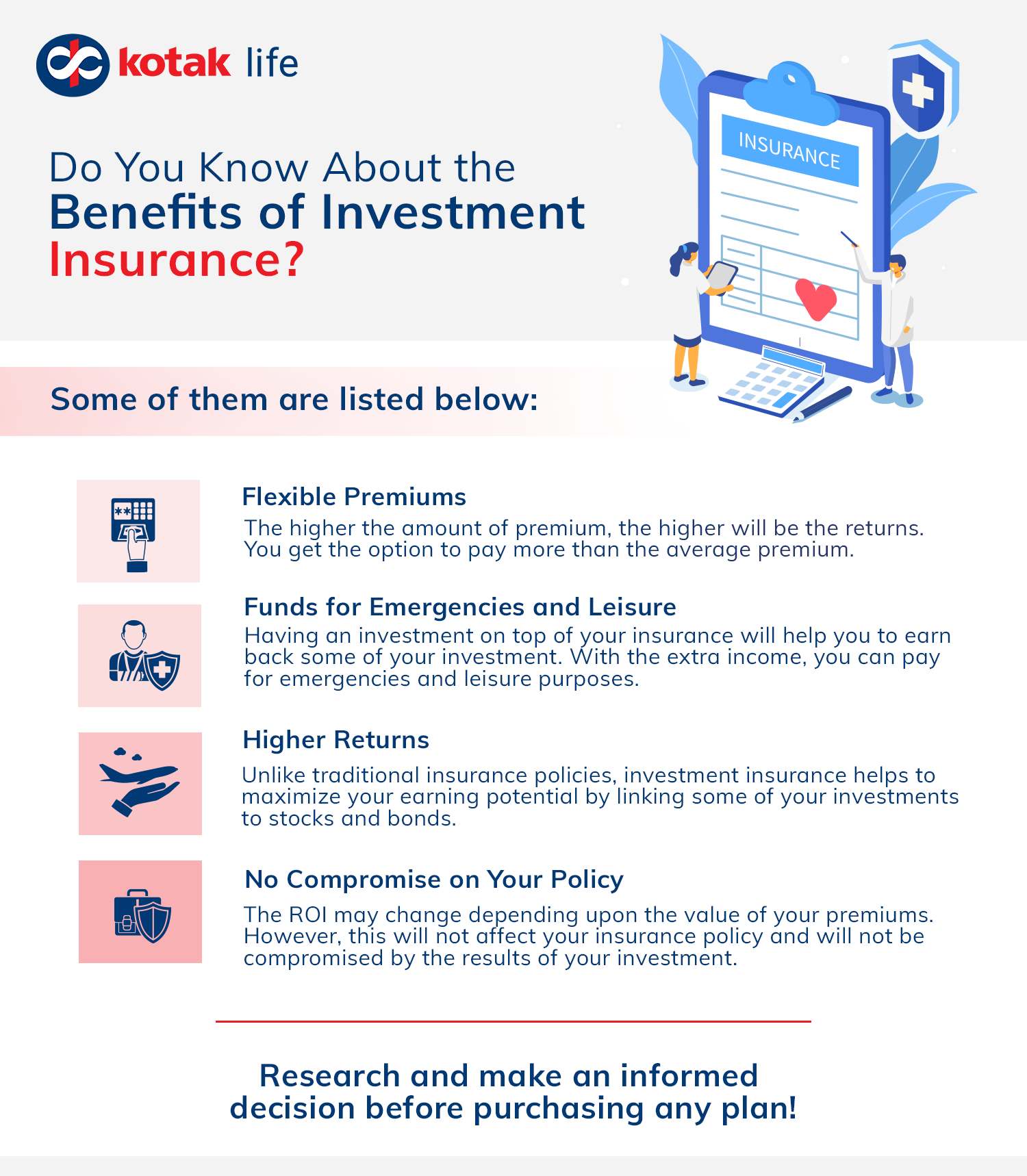The Pacific Prime Statements
The Pacific Prime Statements
Blog Article
The Greatest Guide To Pacific Prime
Table of ContentsNot known Facts About Pacific PrimeThe Basic Principles Of Pacific Prime Not known Facts About Pacific PrimePacific Prime Fundamentals ExplainedThe Definitive Guide to Pacific Prime

This is since the information were collected for a period of strong economic performance. Of the estimated 42 million people that were without insurance, just about about 420,000 (about 1 percent) were under 65 years old, the age at which most Americans come to be eligible for Medicare; 32 million were adults in between ages 18 and 65, about 19 percent of all adults in this age; and 10 million were youngsters under 18 years of age, about 13.9 percent of all youngsters (Mills, 2000).
These estimates of the variety of individuals uninsured are produced from the annual March Supplement to the Existing Populace Study (CPS), carried out by the Census Bureau. Unless or else noted, nationwide quotes of people without health and wellness insurance coverage and proportions of the population with different kinds of protection are based upon the CPS, the most widely utilized source of quotes of insurance policy protection and uninsurance rates.
Pacific Prime Fundamentals Explained

Still, the CPS is particularly helpful because it produces yearly estimates reasonably promptly, reporting the previous year's insurance policy coverage approximates each September, and since it is the basis for a constant set of estimates for greater than two decades, allowing for analysis of fads in insurance coverage over time. For these factors, in addition to the considerable usage of the CPS in other studies of insurance protection that exist in this report, we count on CPS quotes, with limitations noted.

The quote of the number of uninsured people broadens when a population's insurance policy status is tracked for numerous years. Over a three-year period starting early in 1993, 72 million individuals, 29 percent of the united state populace, lacked protection for a minimum of one month. Within a solitary year (1994 ), 53 million individuals experienced at the very least a month without coverage (Bennefield, 1998a)
Six out of every ten without insurance adults are themselves utilized. Although functioning does improve the chance that one and one's relative will certainly have insurance coverage, it is not an assurance. Also members of households with two full-time breadwinner have nearly a one-in-ten chance of being without insurance (9.1 percent uninsured rate) (Hoffman and Pohl, 2000).
Pacific Prime Fundamentals Explained
New immigrants represent a significant proportion of people without health insurance. One evaluation has attributed a considerable part of the current growth in the dimension of the united state uninsured populace to immigrants that got here in the nation between 1994 and 1998 (Camarota and Edwards, 2000). Current immigrants (those that pertained to the United States within the past four years) do have a high price of being uninsured (46 percent), but they and their kids make up simply 6 percent of those without insurance policy country wide (Holahan et al., 2001).
The relationship between health insurance and accessibility to care is well established, as recorded later on in this chapter. Although the connection in between next page medical insurance and health end results is neither direct nor simple, a comprehensive medical and health and wellness services study literary works web links wellness insurance policy coverage to enhanced accessibility to care, much better quality, and improved individual and population health and wellness standing.
Degrees of evaluation for analyzing the results of uninsurance. This conversation of medical insurance coverage concentrates primarily on the U.S. population under age 65 because virtually all Americans 65 and older have Medicare or other public insurance coverage. In addition, it concentrates specifically on those without any health insurance policy for any type of length of time.
Unknown Facts About Pacific Prime
The problems dealt with by the underinsured remain in some aspects comparable to those dealt with by the uninsured, although they are generally much less extreme. expat insurance. Uninsurance and underinsurance, nonetheless, entail distinctly different plan problems, and the methods for addressing them might differ. Throughout this study and the 5 records to comply with, the major focus is on individuals without any health insurance policy and thus no assistance in paying for health treatment beyond what is offered via charity and security net establishments
Health insurance is an effective element impacting receipt of care because both patients and physicians reply to the out-of-pocket cost of services - http://go.bubbl.us/e0d727/3ee9?/New-Mind-Map. Medical insurance, however, is neither needed nor sufficient to gain access to medical solutions. Nonetheless, the independent and straight impact of wellness insurance protection on access to wellness services is well established.
Others will get the health and wellness treatment they need also without medical insurance, by spending for it out of pocket or seeking it from providers that offer care totally free or at extremely subsidized prices. For still others, medical insurance alone does not make certain receipt of treatment since of various other nonfinancial barriers, such as a lack of healthcare carriers in their area, limited accessibility to transport, illiteracy, or etymological and social distinctions.
Pacific Prime - An Overview
Official research study concerning without insurance populaces in the USA dates to the late 1920s and early 1930s when the Committee on the Price of Healthcare generated a series of records about funding doctor office check outs and hospital stays. This concern ended up being significant as the varieties of medically indigent climbed throughout the Great Clinical depression.
Report this page